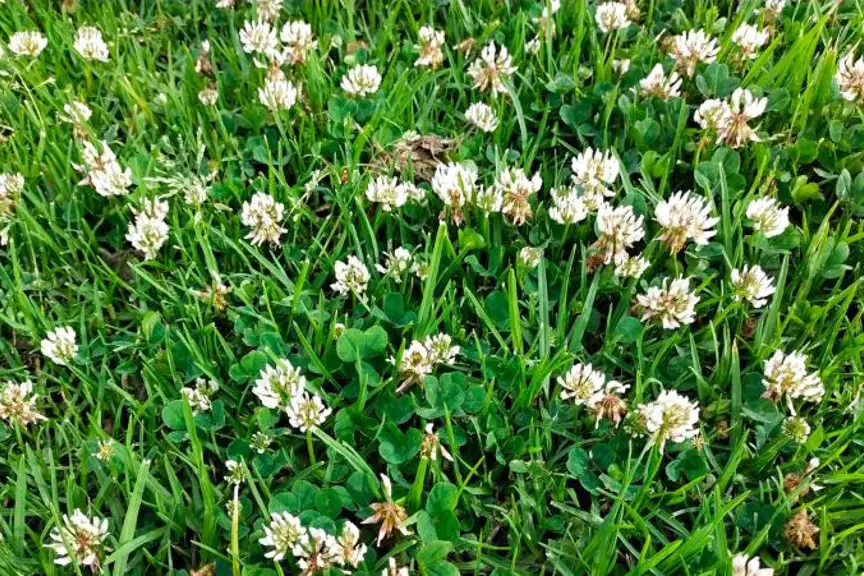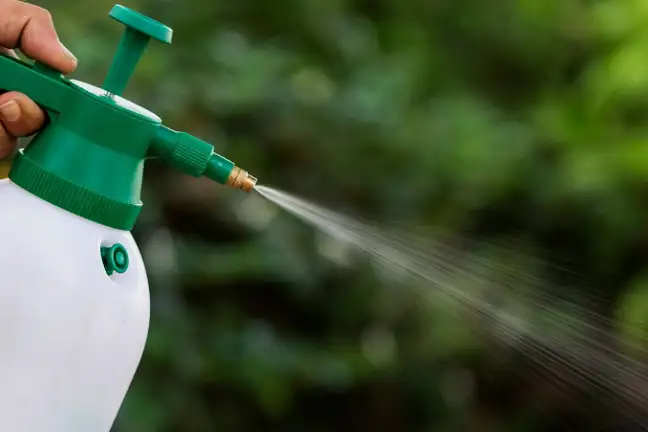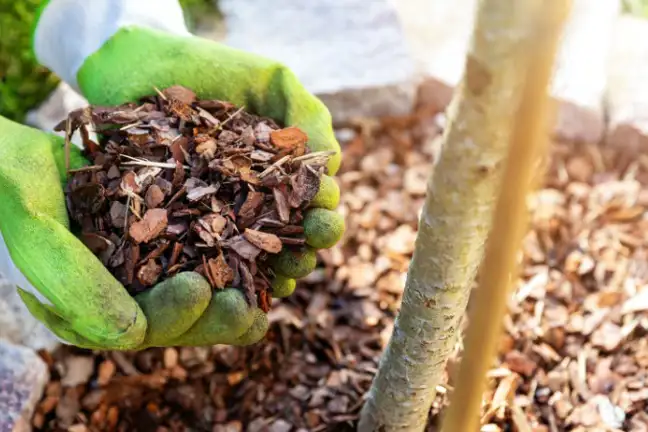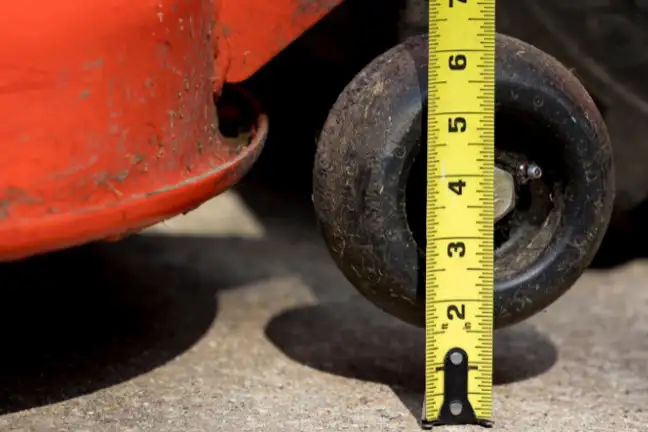Clover Control in Your Lawn & Garden
Trifolium spp.

Trifolium spp.

Clovers are common weeds of lawns and gardens in Australia and will tolerate growing in poor soil. They are perennial weeds and will continue to persist in the lawn and garden if they are not controlled.
There are a few types of Clover, but the most common two are White Clover (Trifolium repens) and Strawberry Clover (Trifolium fragiferam).

Clover leaves are made up of three leaflets (trifoliate leaves) that are generally rounded at the tip, but Strawberry Clover sometimes has a pointed tip.
Plants are low growing with creeping stems that set roots where they touch the ground.

Flowers grow in clustered balls. White Clover has white flowers that age to a pale pink. Strawberry Clover is pinky white, and as the flower matures it turns into a fuzzy ball that looks like a Strawberry.



Clover is a legume (like peas and beans), which means plants can make their own nitrogen with the help of the special bacteria in their roots (rhizobacteria). Nitrogen is a plant nutrient responsible for green leafy growth and is a reason a poorly fed lawn can have lush green Clover growing in it.

Burr Medic
If there is a main leaf with two side leaves, the flower is yellow and single, and there are round shaped burrs along the stems, then it's not Clover and is probably Burr Medic.

Oxalis
If the leaflet is heart shaped at the tip, or if the flower is single and not in a clustered ball, then it's not Clover and is probably Oxalis.

For the control of Clover and various other broadleaf weeds in common lawns like Couch and Kikuyu, spray the entire lawn with a selective broadleaf herbicide, like Yates Weed'n'Feed. For Buffalo lawns use Yates Weed'n'Feed Buffalo Lawn or Yates Lawn Weed Killer Bindii & Clover Buffalo Lawn, which have been specially designed to be safe for buffalo lawns. Yates Weed'n'Feed products have the added benefit of providing nutrients to green the lawn. Please ensure you have read and understood all label instructions prior to every use.
To control Clover in a garden, carefully spot spray the plants with a non-selective weed killer like Yates Zero Weed Killer 490 g/L Super Concentrate. For a glyphosate-free option spray plants with Yates Zero Triple Strike Garden Weedkiller. Reapply if regrowth occurs. With non-selective weedkillers be careful not to spray nearby lawns or plants as it may injure or kill them. To avoid overspray, when spraying keep the nozzle as close to the weed as possible.
Control Clover weeds as soon as you notice them, especially before flowering.

Apply a pine bark mulch like Yates Dynamic Lifter 4 in 1 Mulch over garden beds and around plants. Mulch helps to reduce weeds, like Clover, growing. The added benefits of Yates Dynamic Lifter 4 in 1 Mulch include providing a protective layer over the soil surface, helping to retain soil moisture, enriching the soil with nutrients and organic matter, and encouraging earthworms and beneficial soil microorganisms.

It's much easier to get rid of weeds when there are only a few here and there, but when your lawn is more than a quarter covered in weeds, then it becomes more difficult to control. If you find your lawn is covered in weeds, it might be worth considering installing a new lawn.

Keep the length longer, especially in summer, about 8 cm. And, grow a thick and healthy lawn. This helps the lawn to out-compete weeds by starving weeds of light, water and nutrients. Regular watering and applying organic based fertilisers like Yates Dynamic Lifter Organic Lawn Food will promote good growth, and lawn and soil health.
An interesting alternative to Clover control is growing a Clover lawn. However, there are some pros and cons to this journey.
A clover lawn can be lovely and green for many months, however can die off during the heat of summer or brown-off after frosts.
There are very few selective weedkillers that only kill grass (like Kikuyu, Couch and Buffalo) and not broadleaf plants (like Clover), so you'll likely end up with a mixture.
Unlike grass lawns which can be mowed nice and short, after mowing a Clover lawn you end up with a hacked-look until regrowth.
If you want to use your lawn for activities, then it's best to stick with grass lawns as Clover lawns can stain clothing, can't be kept short, and doesn't withstand heavy foot traffic.
If you have an area of lawn that is neglected and rarely used, consider turning it into garden bed.